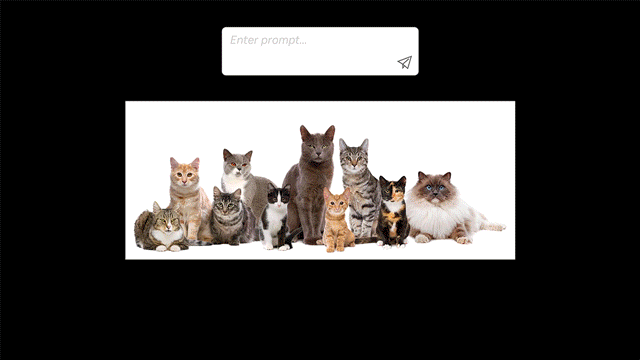
NVIDIA TAO is a framework designed to simplify and accelerate the development and deployment of AI models. It enables you to use pretrained models, fine-tune them with your own data, and optimize the models for specific use cases without needing deep AI expertise. TAO integrates seamlessly with the NVIDIA hardware and software ecosystem, providing tools for efficient AI model training��
]]>
Large-scale, use�Ccase-specific synthetic data has become increasingly important in real-world computer vision and AI workflows. That��s because digital twins are a powerful way to create physics-based virtual replicas of factories, retail spaces, and other assets, enabling precise simulations of real-world environments. NVIDIA Isaac Sim, built on NVIDIA Omniverse, is a fully extensible��
]]>
As vision AI complexity increases, streamlined deployment solutions are crucial to optimizing spaces and processes. NVIDIA accelerates development, turning ideas into reality in weeks rather than months with NVIDIA Metropolis AI workflows and microservices. In this post, we explore Metropolis microservices features: Managing and automating infrastructure with AI is��
]]>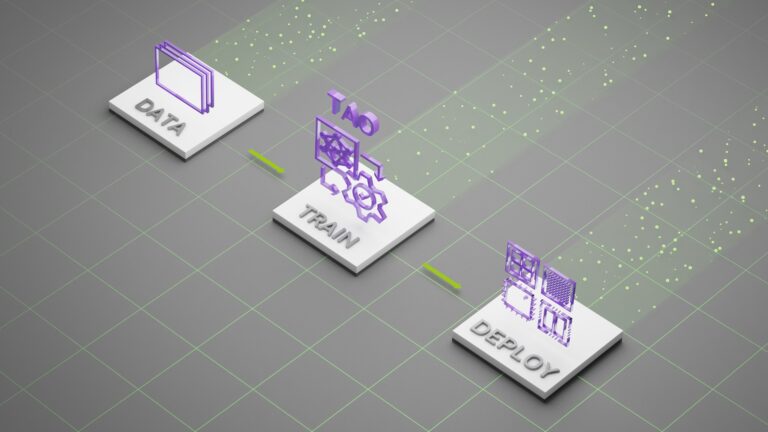
MediaTek is teaming with NVIDIA to integrate NVIDIA TAO training and pretrained models into its development workflow, bringing advanced AI and visual perception to billions of IoT edge devices.
]]>This post is the first in a series on building multi-camera tracking vision AI applications. In this part, we introduce the overall end-to-end workflow, focusing on building and deploying the multi-camera tracking system. The second part covers fine-tuning AI models with synthetic data to enhance system accuracy. Large areas like warehouses, factories, stadiums, and airports are typically��
]]>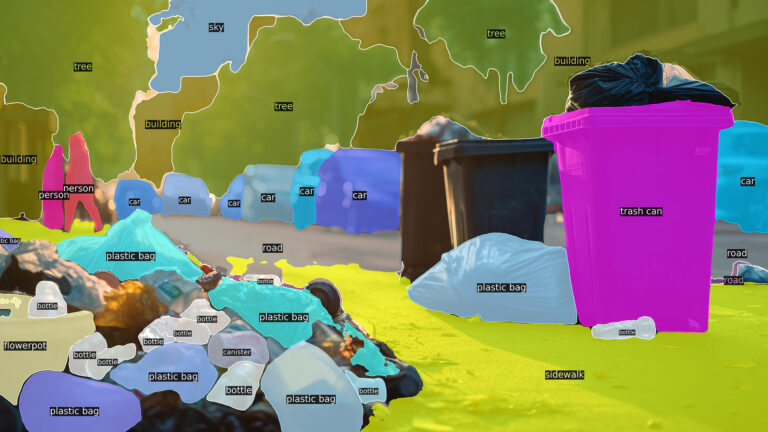
The past few decades have witnessed a surge in rates of waste generation, closely linked to economic development and urbanization. This escalation in waste production poses substantial challenges for governments worldwide in terms of efficient processing and management. Despite the implementation of waste classification systems in developed countries, a significant portion of waste still ends up��
]]>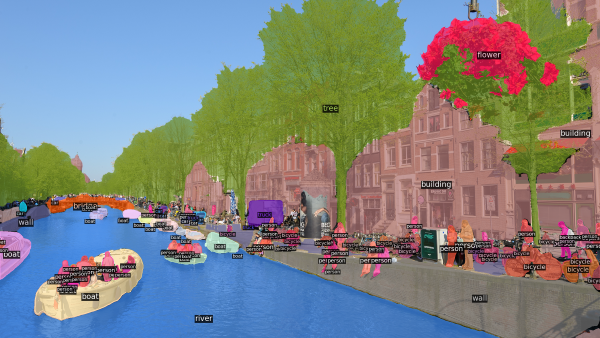
Discover the transformative power of computer vision and video analytics at GTC. Dive into cutting-edge techniques such as vision transformers, AI agents, multi-modal foundation models, 3D technology, large language models (LLMs), vision language models (VLMs), generative AI, and more.
]]>
With the latest NVIDIA TAO 5.2, you can now run zero-shot inference for panoptic segmentation with ODISE, create custom 3D object pose models, and boost inference throughput for vision transformers using FasterViT. Download now.
]]>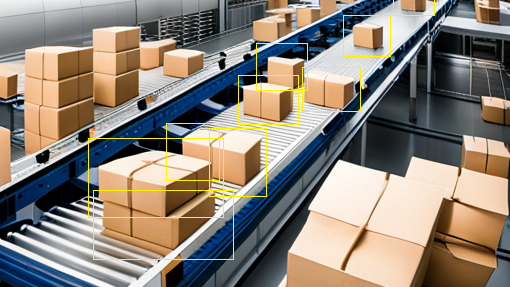
AI-based computer vision (CV) applications are increasing, and are particularly important for extracting real-time insights from video feeds. This revolutionary technology empowers you to unlock valuable information that was once impossible to obtain without significant operator intervention, and provides new opportunities for innovation and problem-solving. NVIDIA DeepStream SDK targets��
]]>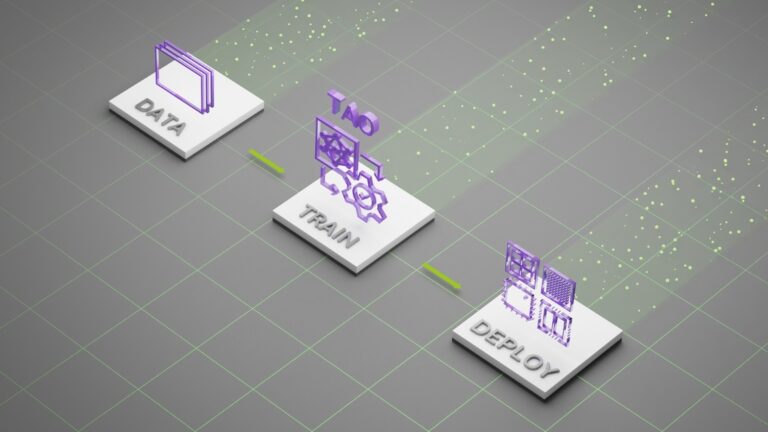
With NVIDIA TAO Toolkit, developers around the world are building AI-powered visual perception and computer vision applications. Now the process is faster and easier than ever, thanks to significant platform enhancements and strong ecosystem adoption. NVIDIA TAO Toolkit supports more than 10 computer vision and vision AI modalities, including image classification, object detection��
]]>
Efficiency is paramount in industrial manufacturing, where even minor gains can have significant financial implications. According to the American Society of Quality, ��Many organizations will have true quality-related costs as high as 15-20% of sales revenue, some going as high as 40% of total operations.�� These staggering statistics reveal a stark reality: defects in industrial applications not��
]]>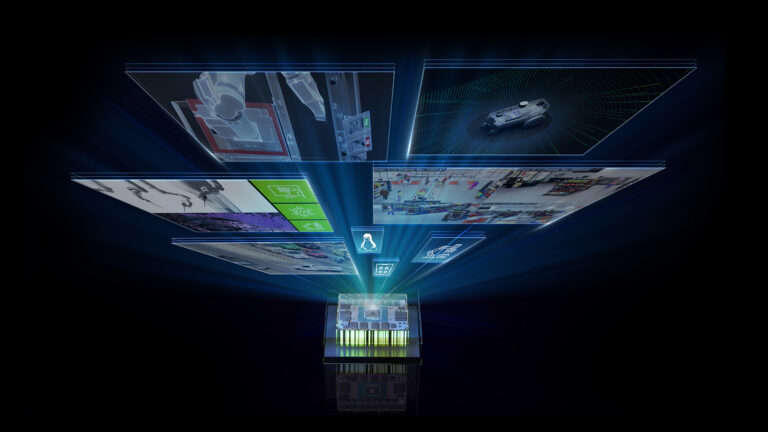
Explore how Metropolis APIs and microservices on NVIDIA Jetson can significantly reduce vision AI development timelines from years to months.
]]>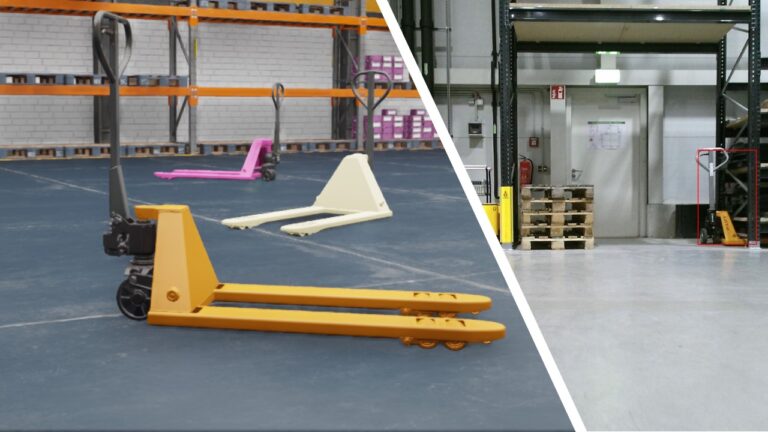
Synthetic data can play a key role when training perception AI models that are deployed on autonomous mobile robots (AMRs). This process is becoming increasingly important in manufacturing. For an example of using synthetic data to generate a pretrained model that can detect pallets in a warehouse, see Developing a Pallet Detection Model Using OpenUSD and Synthetic Data.
]]>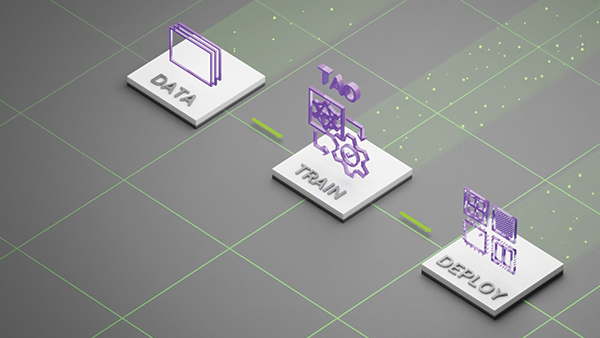
Discover the power of integrating NVIDIA TAO and Edge Impulse to accelerate AI deployment at the edge.
]]>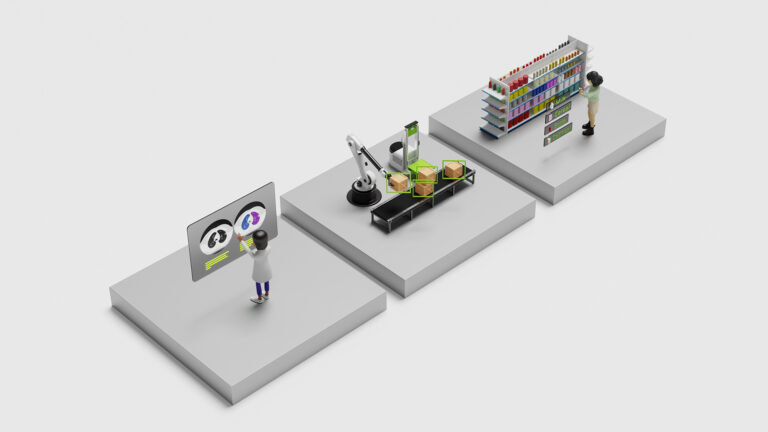
Discover how PepsiCo, Runway, SoftServe, and AWS used GPU-accelerated SDKs for their CV applications.
]]>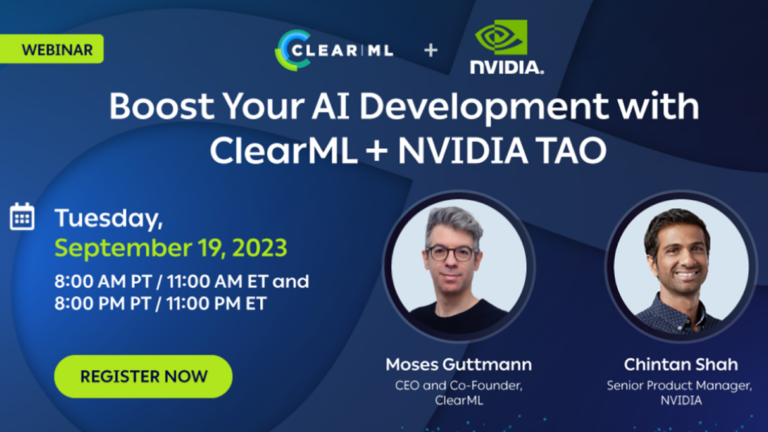
On Sept. 19, learn how NVIDIA TAO integrates with the ClearML platform to deploy and maintain machine learning models in production environments.
]]>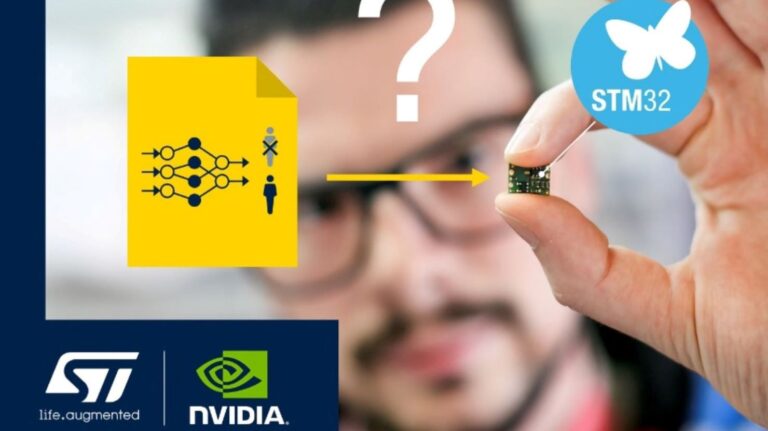
On Aug. 29, learn how to create efficient AI models with NVIDIA TAO Toolkit on STM32 MCUs.
]]>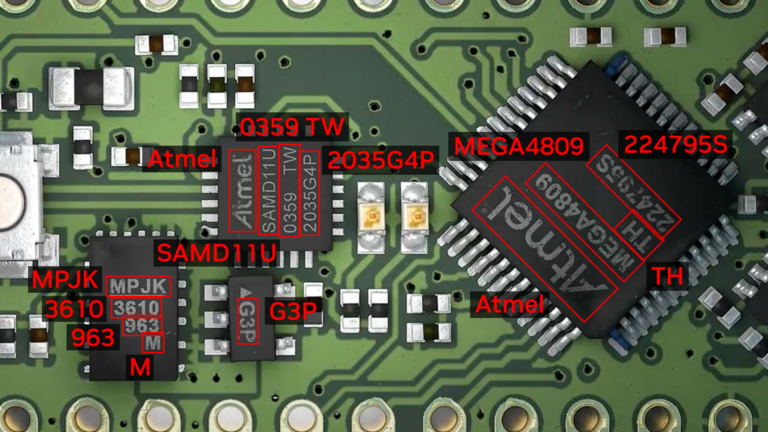
Optical Character Detection (OCD) and Optical Character Recognition (OCR) are computer vision techniques used to extract text from images. Use cases vary across industries and include extracting data from scanned documents or forms with handwritten texts, automatically recognizing license plates, sorting boxes or objects in a fulfillment center based on serial numbers��
]]>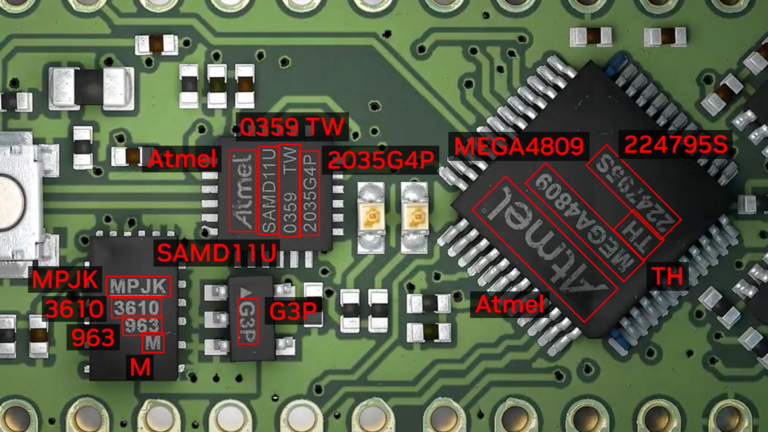
NVIDIA Triton Inference Server streamlines and standardizes AI inference by enabling teams to deploy, run, and scale trained ML or DL models from any framework on any GPU- or CPU-based infrastructure. It helps developers deliver high-performance inference across cloud, on-premises, edge, and embedded devices. The nvOCDR library is integrated into Triton for inference.
]]>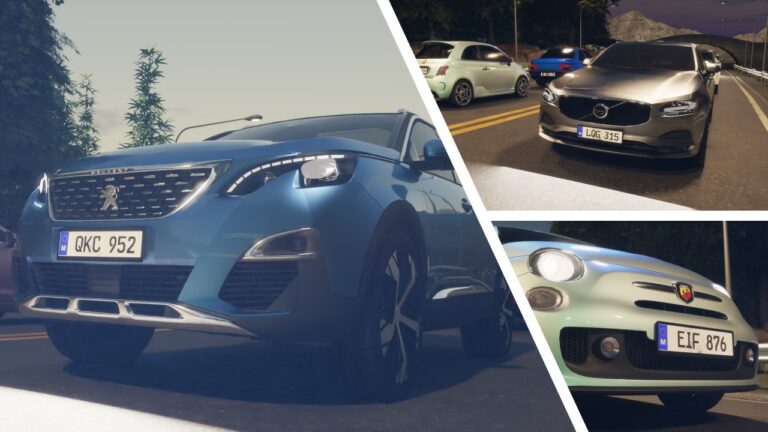
Smart cities are the future of urban living. Yet they can present various challenges for city planners, most notably in the realm of transportation. To be successful, various aspects of the city��from environment and infrastructure to business and education��must be functionally integrated. This can be difficult, as managing traffic flow alone is a complex problem full of challenges such as��
]]>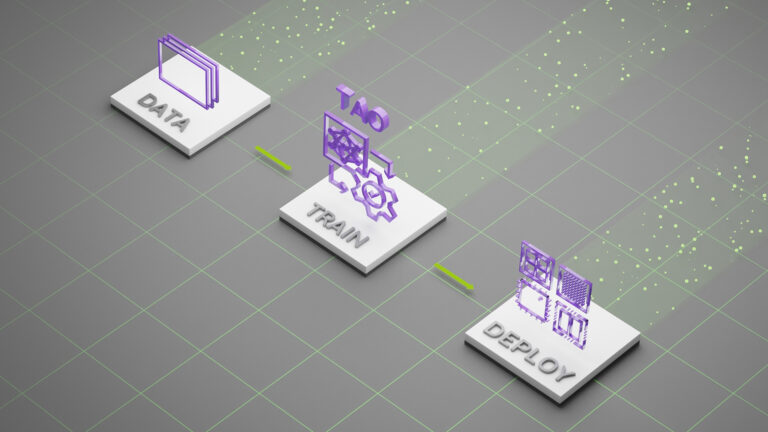
NVIDIA TAO Toolkit provides a low-code AI framework to accelerate vision AI model development suitable for all skill levels, from novice beginners to expert data scientists. With the TAO Toolkit, developers can use the power and efficiency of transfer learning to achieve state-of-the-art accuracy and production-class throughput in record time with adaptation and optimization.
]]>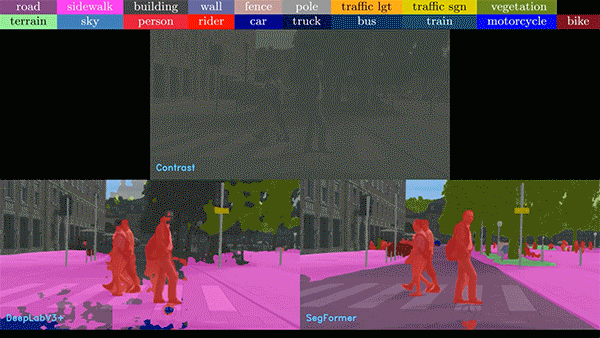
Vision Transformers (ViTs) are taking computer vision by storm, offering incredible accuracy, robust solutions for challenging real-world scenarios, and improved generalizability. The algorithms are playing a pivotal role in boosting computer vision applications and NVIDIA is making it easy to integrate ViTs into your applications using NVIDIA TAO Toolkit and NVIDIA L4 GPUs.
]]>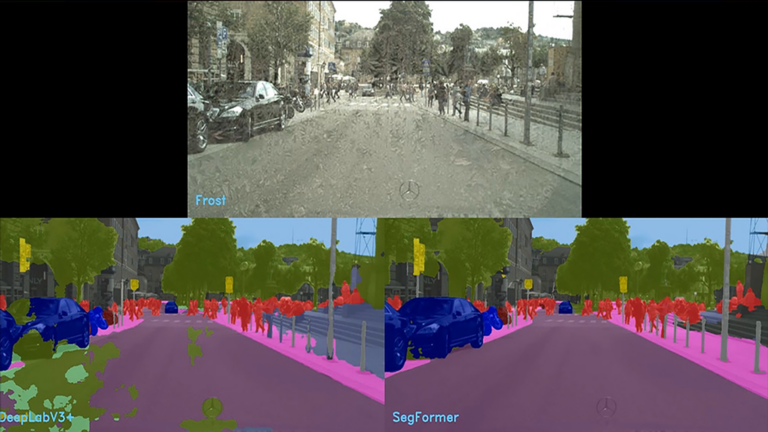
Learn how Vision Transformers are revolutionizing AI applications with image understanding and analysis.
]]>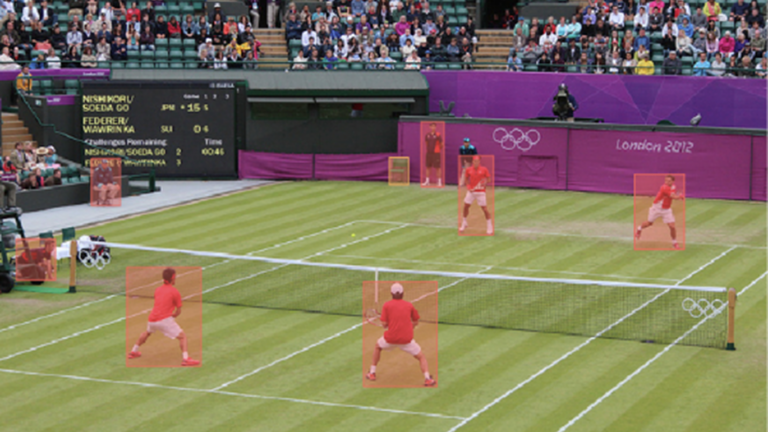
Data labeling and model training are consistently ranked as the most significant challenges teams face when building an AI/ML infrastructure. Both are essential steps in the ML application development process, and if not done correctly, they can lead to inaccurate results and decreased performance. See the AI Infrastructure Ecosystem of 2022 report from the AI Infrastructure Alliance for more��
]]>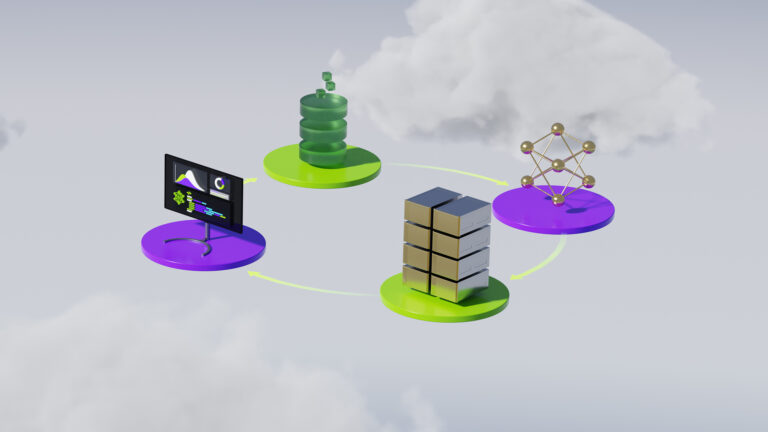
AI is transforming industries, automating processes, and opening new opportunities for innovation in the rapidly evolving technological landscape. As more businesses recognize the value of incorporating AI into their operations, they face the challenge of implementing these technologies efficiently, effectively, and reliably. Enter NVIDIA AI Enterprise, a comprehensive software suite��
]]>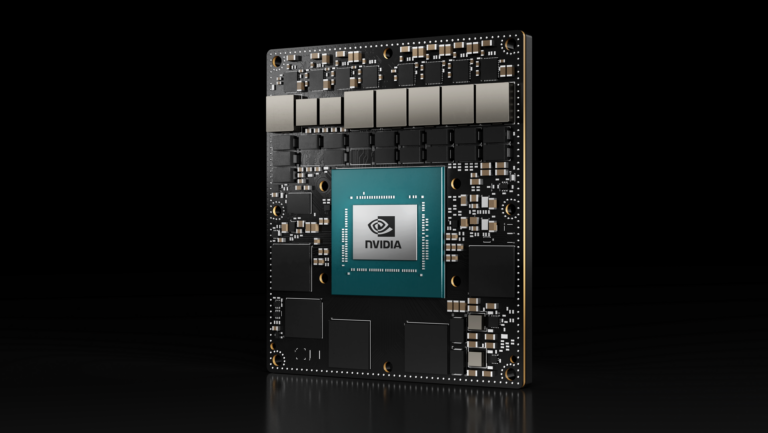
Embedded edge AI is transforming industrial environments by introducing intelligence and real-time processing to even the most challenging settings. Edge AI is increasingly being used in agriculture, construction, energy, aerospace, satellites, the public sector, and more. With the NVIDIA Jetson edge AI and robotics platform, you can deploy AI and compute for sensor fusion in these complex��
]]>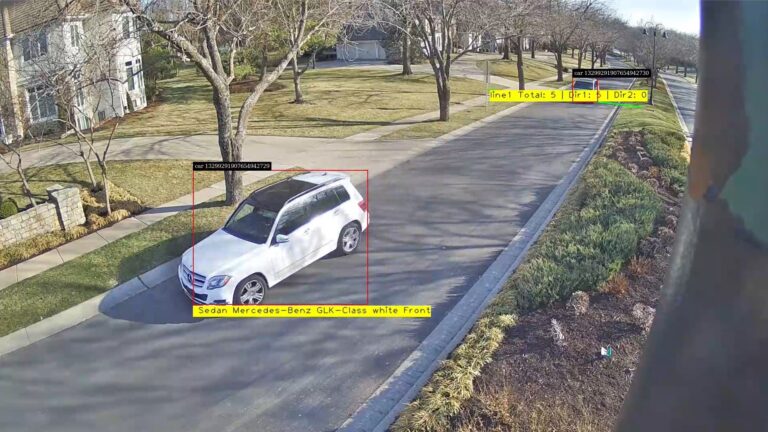
Over a billion cameras are deployed in the most important spaces worldwide and these cameras are critical sources of video and data. It is becoming increasingly important to understand how to harness this data to make our spaces and processes more efficient and safer. Lumeo, an NVIDIA Metropolis partner, provides a ��no-code�� video analytics platform that enables developers and solution��
]]>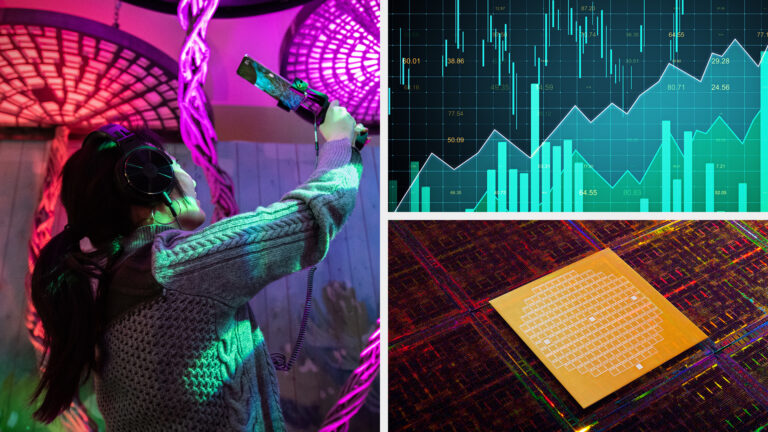
At NVIDIA GTC 2023, NVIDIA unveiled notable updates to its suite of NVIDIA AI software for developers to accelerate computing. The updates reduce costs in several areas, such as data science workloads with NVIDIA RAPIDS, model analysis with NVIDIA Triton, AI imaging and computer vision with CV-CUDA, and many more. To keep up with the newest SDK advancements from NVIDIA, watch the GTC keynote��
]]>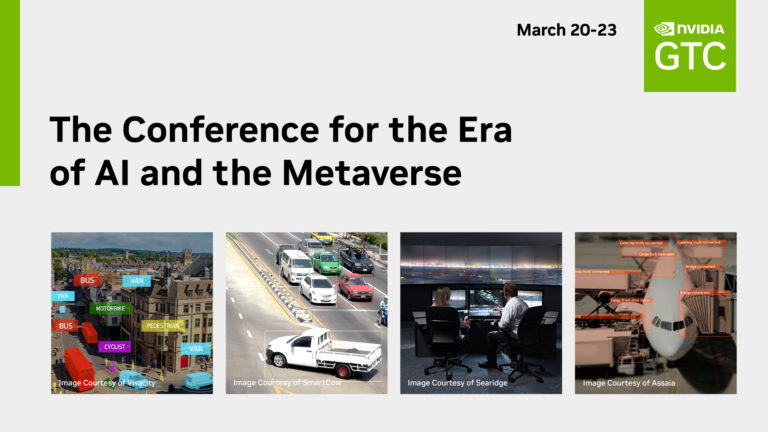
Learn how AI is enabling safer, more sustainable cities and improving operational efficiency in public spaces for our communities.
]]>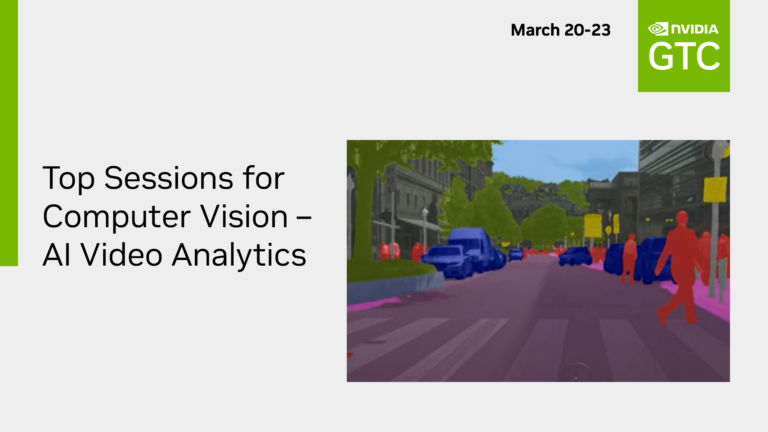
Explore the latest software and developer tools to build, deploy, and scale vision AI and IoT apps.
]]>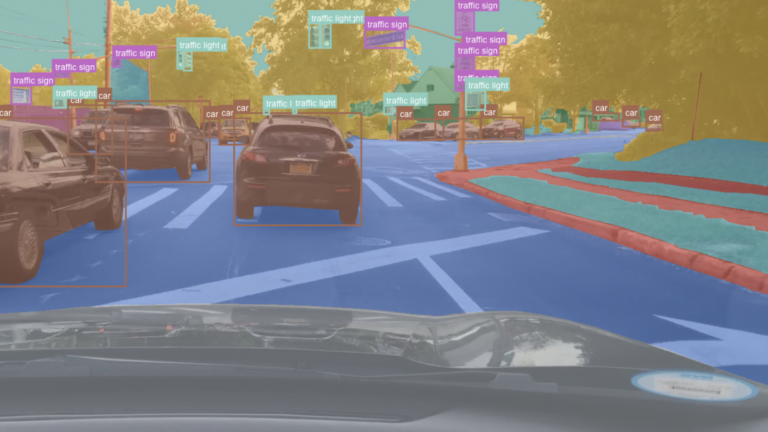
Leveraging image classification, object detection, automatic speech recognition (ASR), and other forms of AI can fuel massive transformation within companies and business sectors. However, building AI and deep learning models from scratch is a daunting task. A common prerequisite for building these models is having a large amount of high-quality training data and the right expertise to��
]]>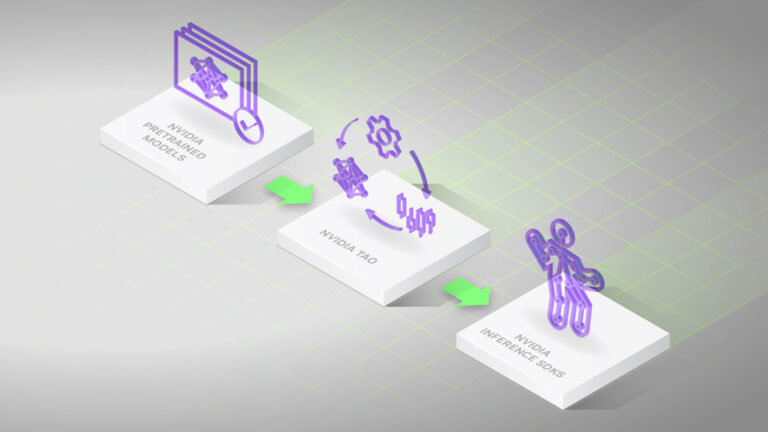
On February 15, at 8 am PST, learn how to use the AutoML feature in the NVIDIA TAO Toolkit for faster AI model tuning.
]]>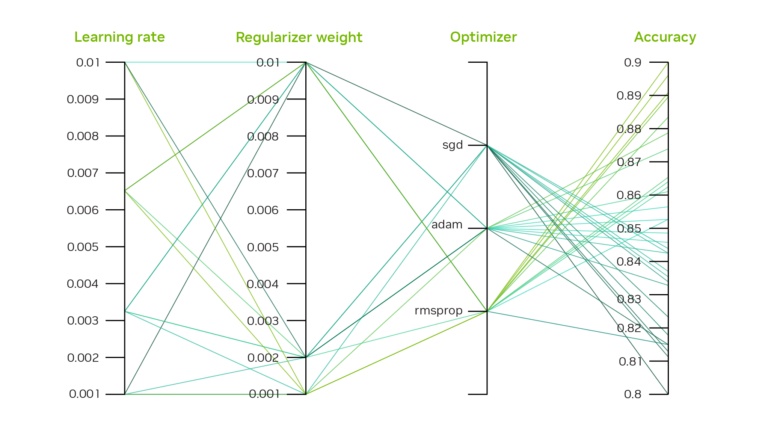
There has been tremendous growth in AI over the years. With that, comes a larger demand for AI models and applications. Creating production-quality AI requires expertise in AI and data science and can still be intimidating for many developers. To develop accurate AI, you must choose what model architecture to use, what data to collect, and finally how to tune the model to meet the desired��
]]>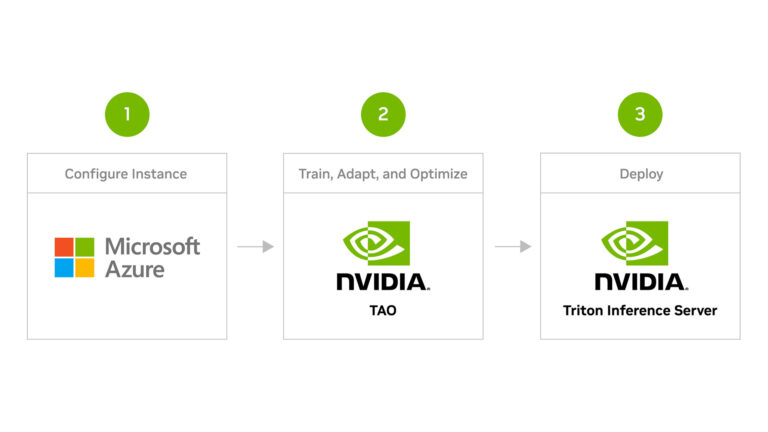
A fundamental shift is currently taking place in how AI applications are built and deployed. AI applications are becoming more sophisticated and applied to broader use cases. This requires end-to-end AI lifecycle management��from data preparation, to model development and training, to deployment and management of AI apps. This approach can lower upfront costs, improve scalability��
]]>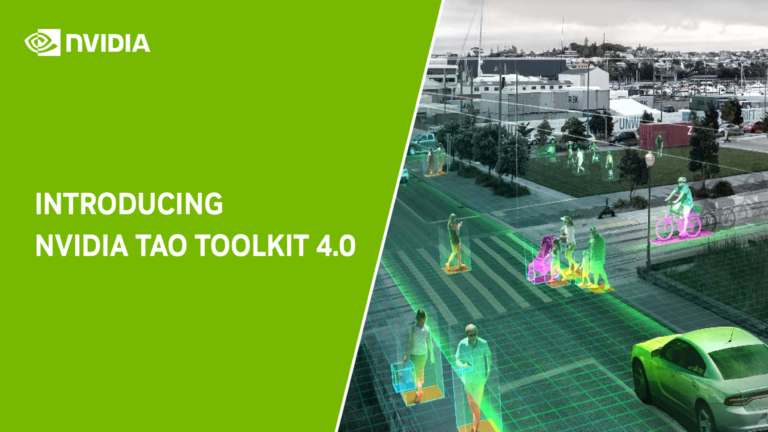
The latest version of the NVIDIA TAO Toolkit 4.0 boosts developer productivity with all-new AutoML capability, integration with third-party MLOPs services, and new pretrained vision AI models. The enterprise version now includes access to the full source code and model weights for pretrained models. The toolkit enables efficient model training for vision and conversational AI.
]]>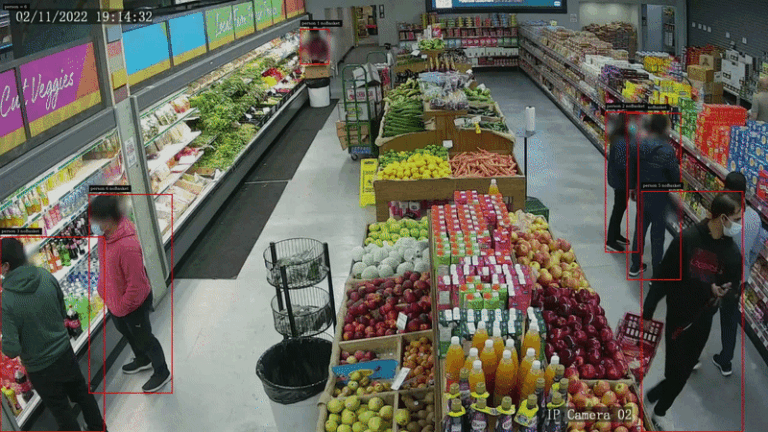
Retailers today have access to an abundance of video data provided by cameras and sensors installed in stores. Leveraging computer vision AI applications, retailers and software partners can develop AI applications faster while also delivering greater accuracy. These applications can help retailers: Building and deploying such highly efficient computer vision AI applications at scale��
]]>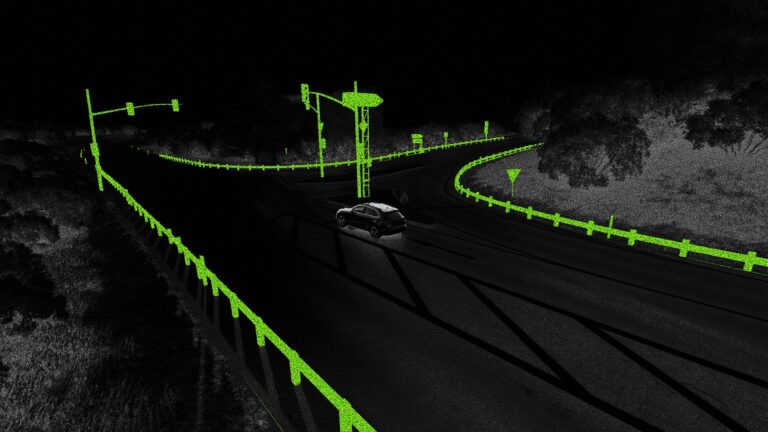
Accurate, fast object detection is an important task in robotic navigation and collision avoidance. Autonomous agents need a clear map of their surroundings to navigate to their destination while avoiding collisions. For example, in warehouses that use autonomous mobile robots (AMRs) to transport objects, avoiding hazardous machines that could potentially damage robots has become a challenging��
]]>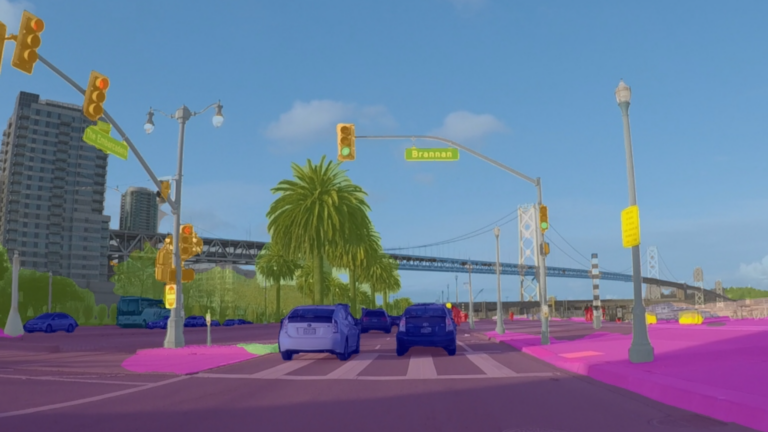
Register now to experience the most advanced developer tools and learn how experts across industries are using vision AI to increase operational efficiency.
]]>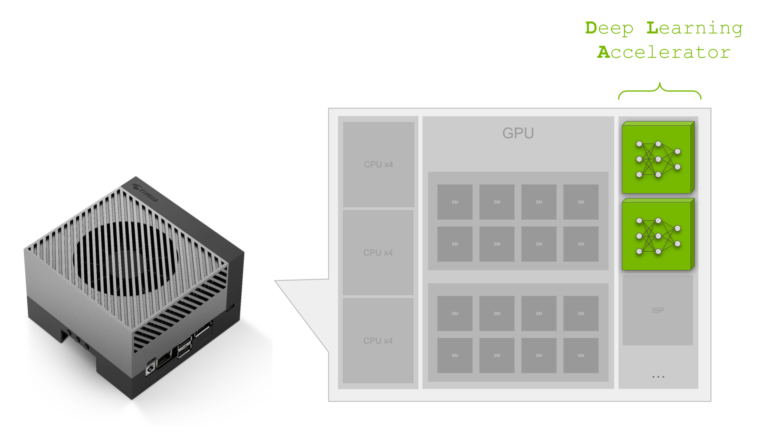
If you��re an active Jetson developer, you know that one of the key benefits of NVIDIA Jetson is that it combines a CPU and GPU into a single module, giving you the expansive NVIDIA software stack in a small, low-power package that can be deployed at the edge. Jetson also features a variety of other processors, including hardware accelerated encoders and decoders, an image signal processor��
]]>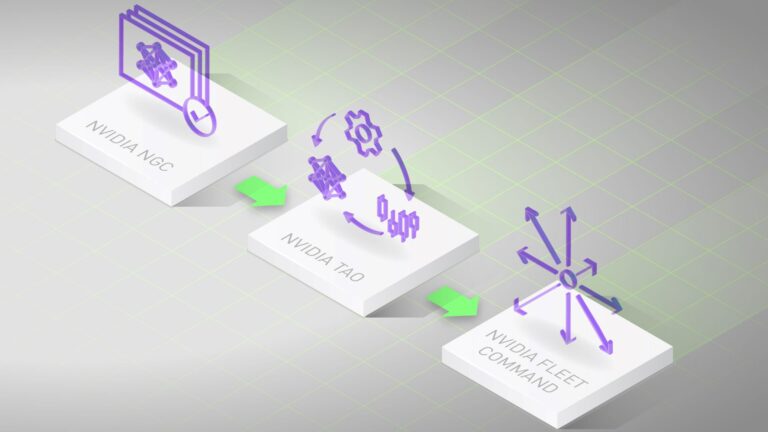
Building AI Models from scratch is incredibly difficult, requiring mountains of data and an army of data scientists. With the NVIDIA TAO Toolkit, you can use the power of transfer learning to fine-tune NVIDIA pretrained models with your own data and optimize for inference��without AI expertise or large training datasets. You can now experience the TAO Toolkit through NVIDIA LaunchPad��
]]>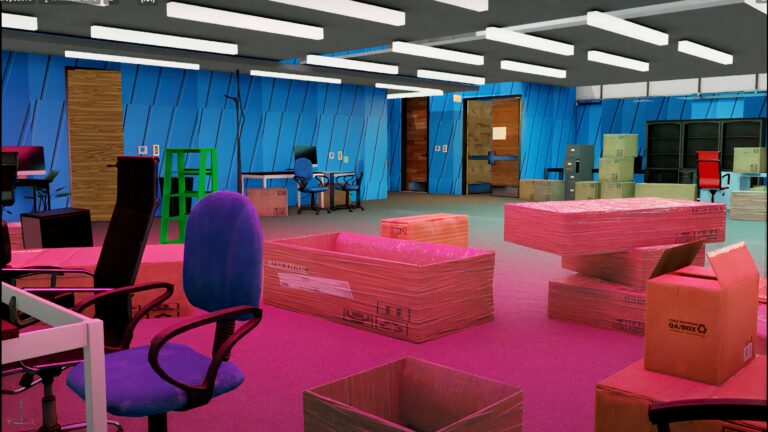
Synthetic data is an important tool in training machine learning models for computer vision applications. Researchers from NVIDIA have introduced a structured domain randomization system within Omniverse Replicator that can help you train and refine models using synthetic data. Omniverse Replicator is an SDK built on the NVIDIA Omniverse platform that enables you to build custom synthetic��
]]>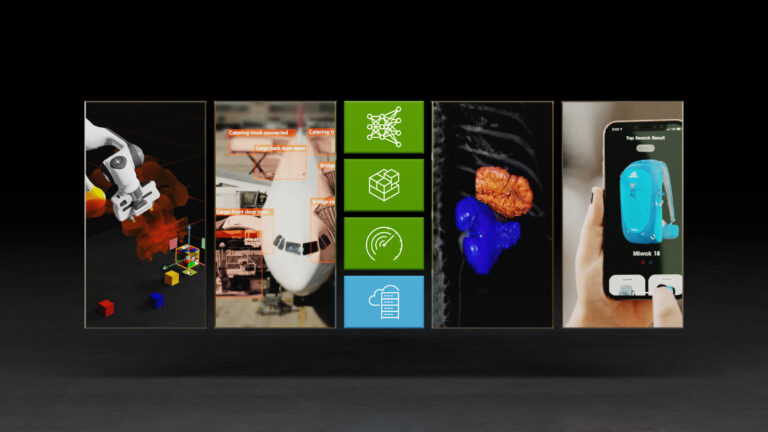
Today, NVIDIA announced general availability of NVIDIA AI Enterprise 2.1. This latest version of the end-to-end AI and data analytics software suite is optimized, certified, and supported for enterprises to deploy and scale AI applications across bare metal, virtual, container, and cloud environments. The NVIDIA AI Enterprise 2.1 release offers advanced data science with the latest��
]]>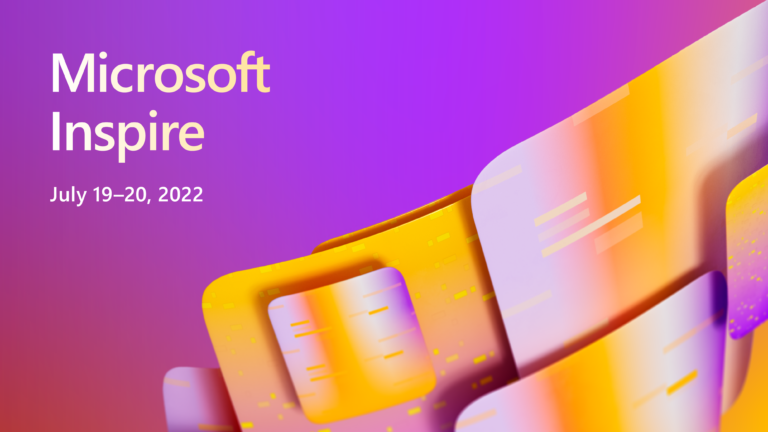
Learn how NVIDIA and Azure together enable global on-demand access to the latest GPUs and developer solutions to build, deploy, and scale AI-powered services. Join NVIDIA at Microsoft Inspire July 19-20, 2022.
]]>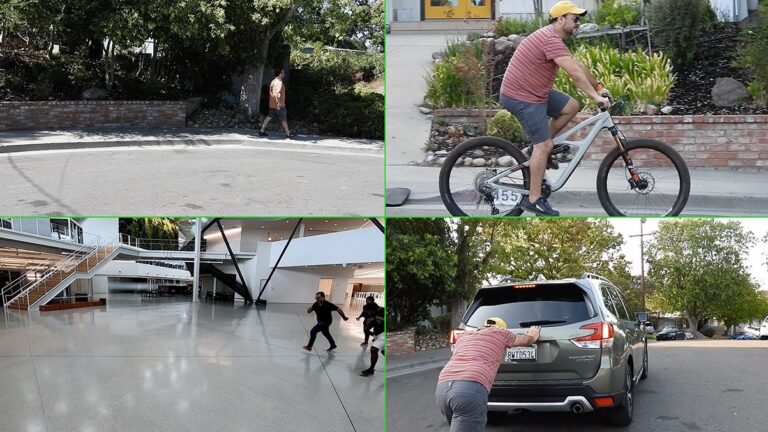
Watch this On-Demand webinar, Build A Computer Vision Application with NVIDIA AI on Google Cloud Vertex AI, where we walk you step-by-step through using these resources to build your own action recognition application. Advances in computer vision models are providing deeper insights to make our lives increasingly productive, our communities safer, and our planet cleaner. We��ve come a��
]]>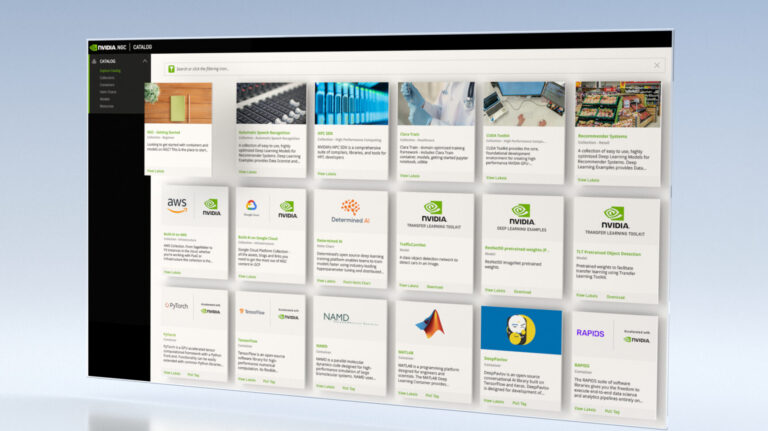 ]]>
]]>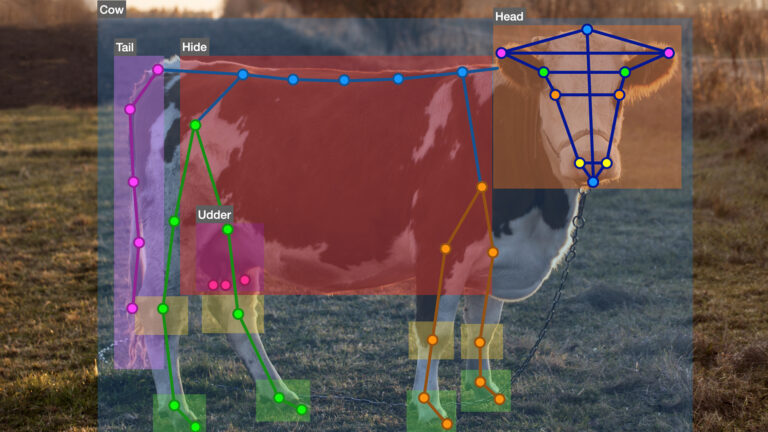 ]]>
]]>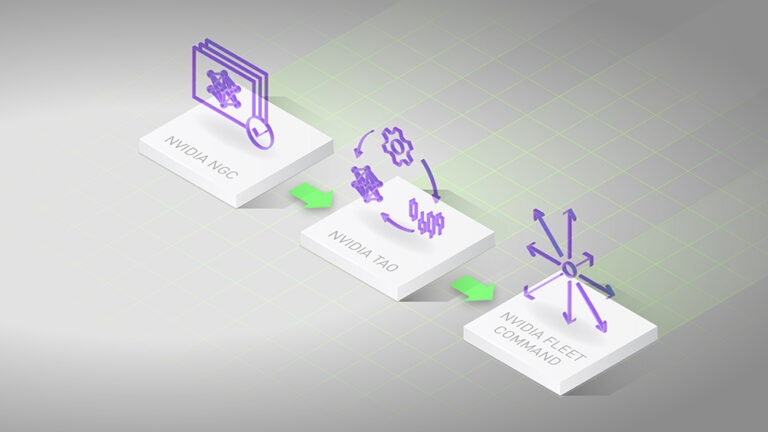
Today, NVIDIA announced the general availability of the latest version of the TAO Toolkit. As a low-code version of the NVIDIA Train, Adapt and Optimize (TAO) framework, the toolkit simplifies and accelerates the creation of AI models for speech and vision AI applications. With TAO, developers can use the power of transfer learning to create production-ready models customized and optimized��
]]>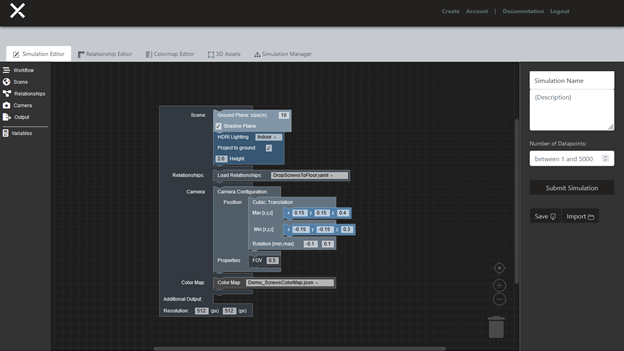
To develop an accurate computer vision AI application, you need massive amounts of high-quality data. With a traditional dataset, you might spend months collecting images, getting annotations, and cleaning data. When it��s done, you could find edge cases and need more data, starting the cycle all over again. For years, this cycle has held back AI, especially in computer vision.
]]>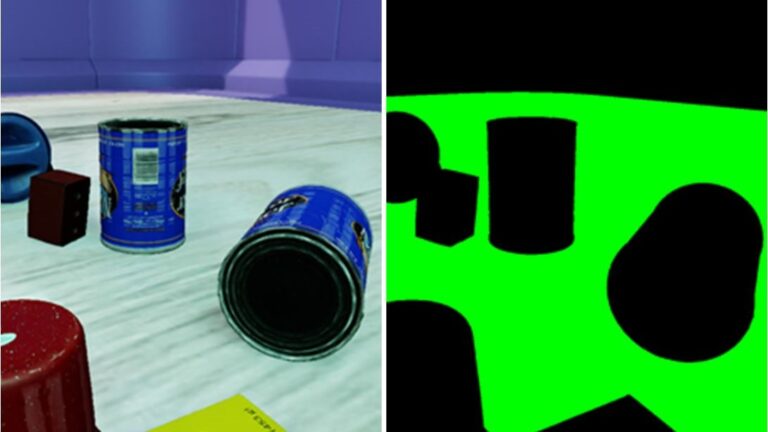
From building cars to helping surgeons and delivering pizzas, robots not only automate but also speed up human tasks manyfold. With the advent of AI, you can build even smarter robots that can better perceive their surroundings and make decisions with minimal human intervention. Take, for instance, an autonomous robot used in warehouses to move payloads from one place to another.
]]>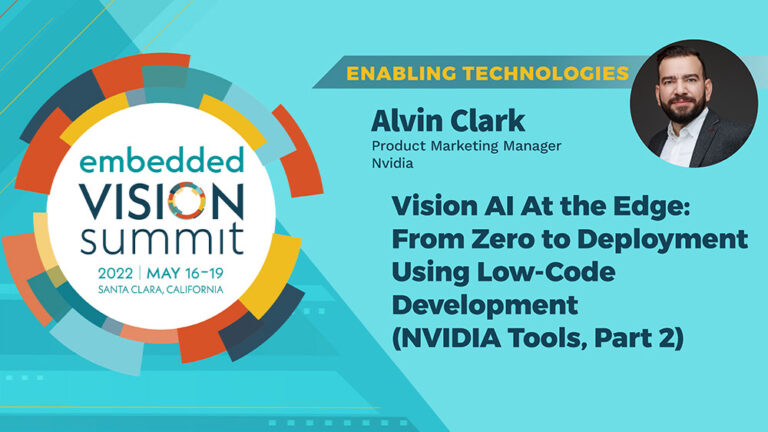 ]]>
]]>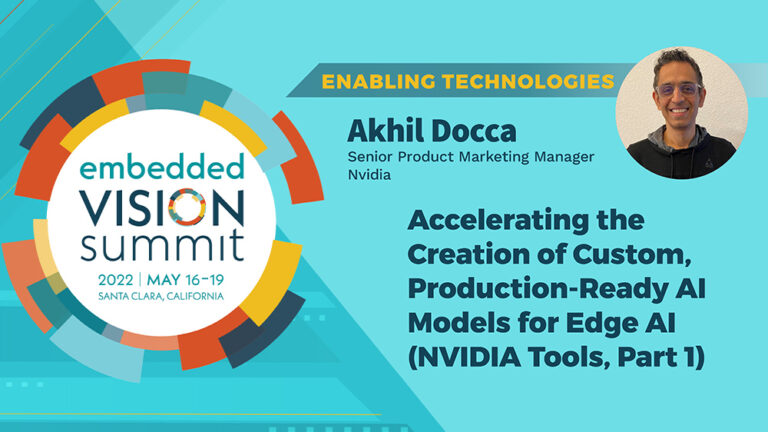 ]]>
]]>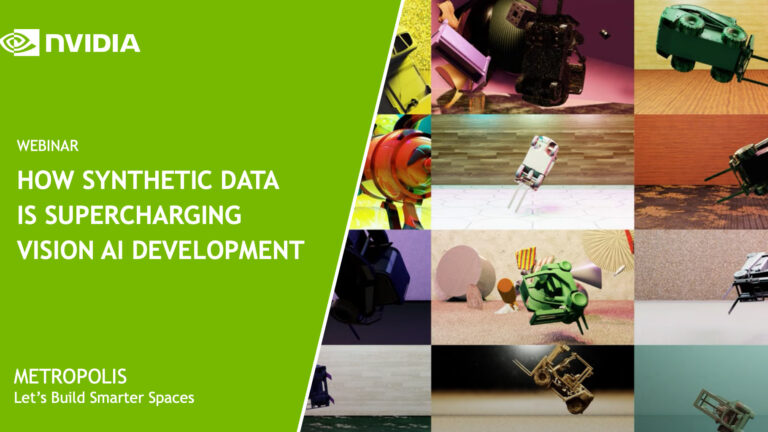 ]]>
]]>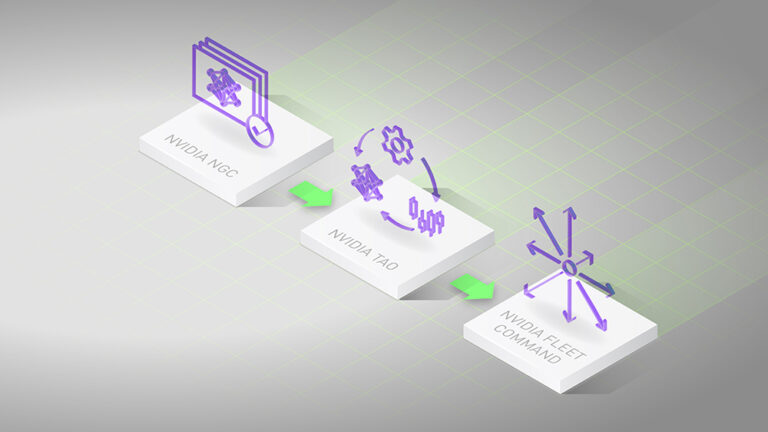 ]]>
]]>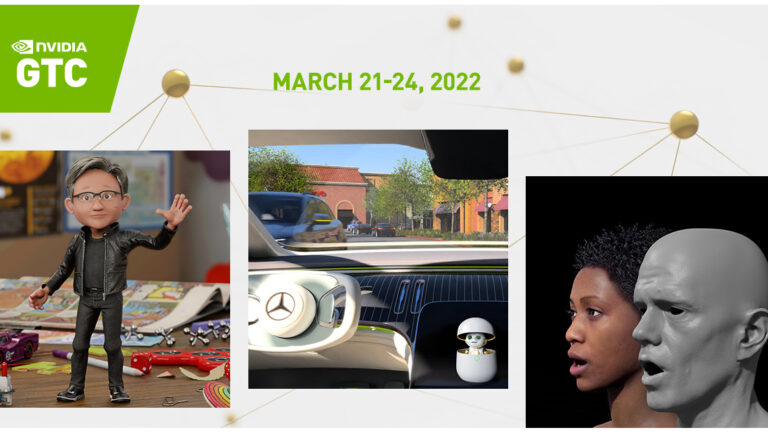
Join us at GTC, March 21-24, to explore the latest technology and research across AI, computer vision, data science, robotics, and more! With over 900 options to choose from, our NVIDIA experts put together some can��t-miss sessions to help get you started: Creating the Future: Creating the World��s Largest Synthetic Object Recognition Dataset for Industry��
]]>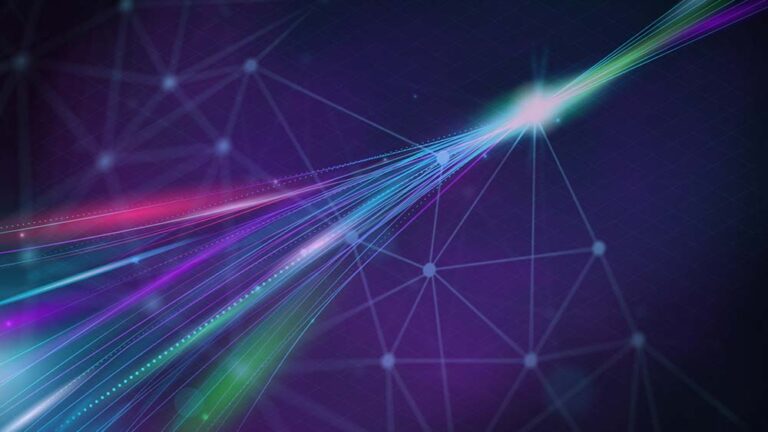
AI applications are powered by models. Deep learning models are built on mathematical algorithms and trained using data and human expertise. These models can accurately predict outcomes based on input data such as images, text, or speech. Building, training, and optimizing these tasks are both critical and time-intensive. Domain expertise and countless hours of computation are needed to��
]]>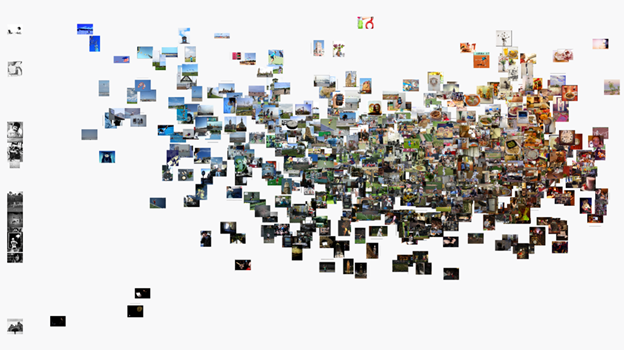
AI applications are powered by machine learning models that are trained to predict outcomes accurately based on input data such as images, text, or audio. Training a machine learning model from scratch requires vast amounts of data and a considerable amount of human expertise, often making the process too expensive and time-consuming for most organizations. Transfer learning is the happy��
]]>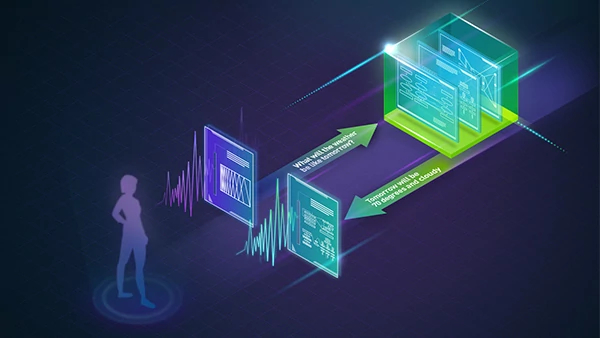
This past year, NVIDIA announced several major breakthroughs in conversational AI for building and deploying automatic speech recognition (ASR), natural language processing (NLP), and text-to-speech (TTS) applications. To get developers started with some quick examples in a cloud GPU-accelerated environment, NVIDIA Deep Learning Institute (DLI) is offering three fast, free, self-paced courses.
]]>
The NVIDIA NGC catalog is a hub for GPU-optimized deep learning, machine learning, and HPC applications. With highly performant software containers, pretrained models, industry-specific SDKs, and Jupyter Notebooks the content helps simplify and accelerate end-to-end workflows. New features, software, and updates to help you streamline your workflow and build your solutions faster on NGC��
]]>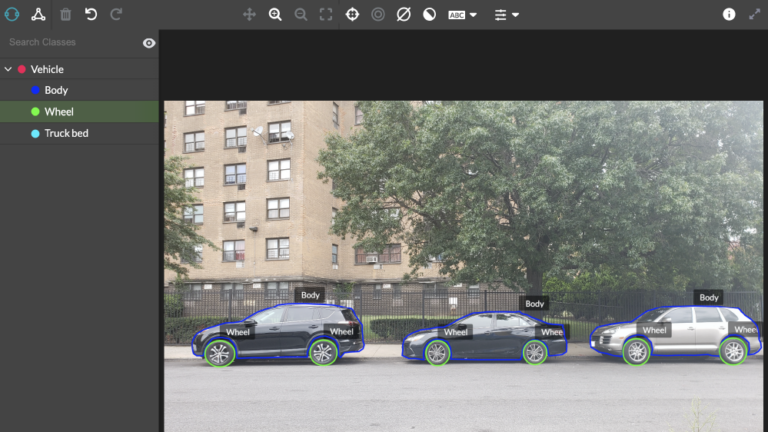
Building AI models from scratch requires enormous amounts of data, time, money, and expertise. This is at odds with what it takes to succeed in the AI space: fast time-to-market and the ability to quickly evolve and customize solutions. NVIDIA TAO, an AI-Model-Adaptation framework, enables you to leverage production-quality, pretrained AI models and fine-tune them in a fraction of the time��
]]>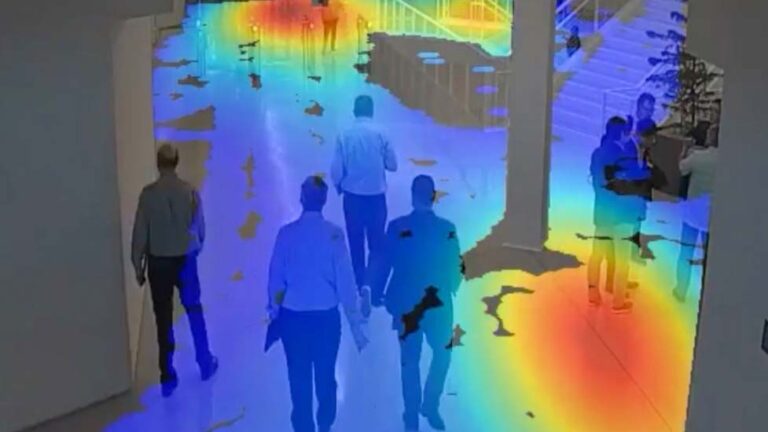
Video analytics rely on computerized processing and automatic analysis of video content to detect and determine temporal and spatial events. The field is anticipated to experience double-digit growth for the next decade, as videos are quickly becoming a primary media form for transferring information. As the amount of video data generated grows at unprecedented rates, so does the ability and��
]]>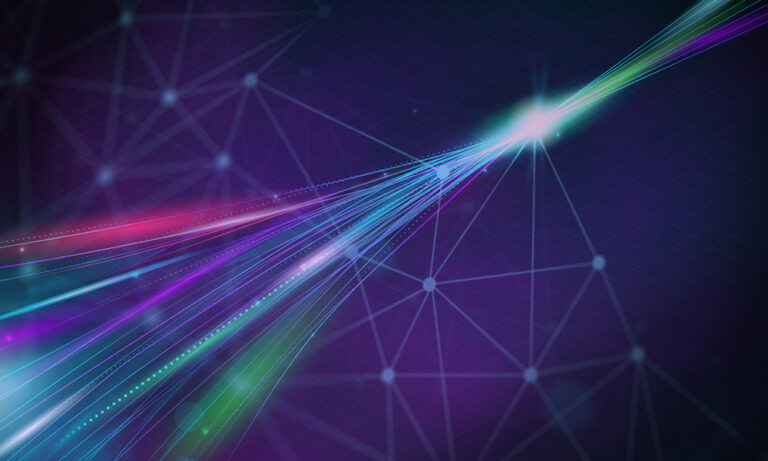
All AI applications are powered by models. Models can help spot defects in parts, detect the early onset of disease, translate languages, and much more. But building custom models for a specific use requires mountains of data and an army of data scientists. NVIDIA TAO, an AI-model-adaptation framework, simplifies and accelerates the creation of AI models. By fine-tuning state-of-the-art��
]]> ]]>
]]>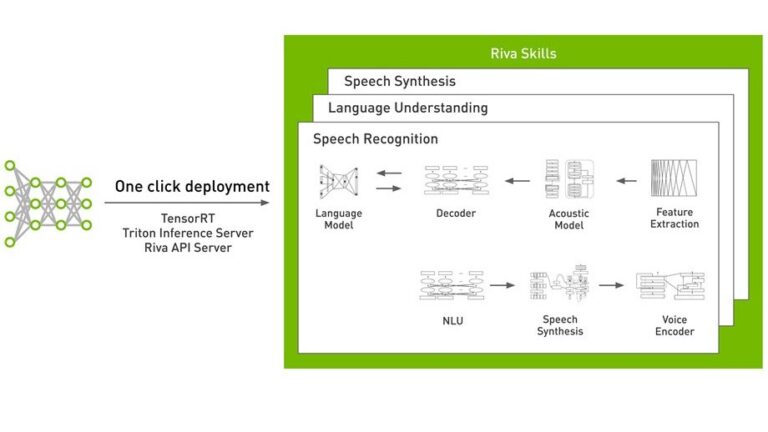
This post is part of a series about generating accurate speech transcription. For part 1, see Speech Recognition: Generating Accurate Domain-Specific Audio Transcriptions Using NVIDIA Riva. For part 2, see Speech Recognition: Customizing Models to Your Domain Using Transfer Learning. NVIDIA Riva is an AI speech SDK for developing real-time applications like transcription, virtual assistants��
]]>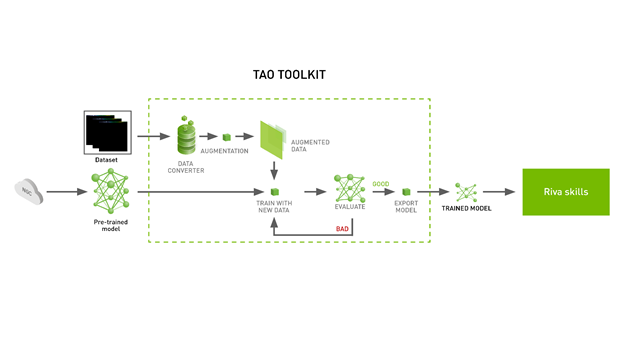
This post is part of a series about generating accurate speech transcription. For part 1, see Speech Recognition: Generating Accurate Transcriptions Using NVIDIA Riva. For part 3, see Speech Recognition: Deploying Models to Production. Creating a new AI deep learning model from scratch is an extremely time�C and resource-intensive process. A common solution to this problem is to employ��
]]>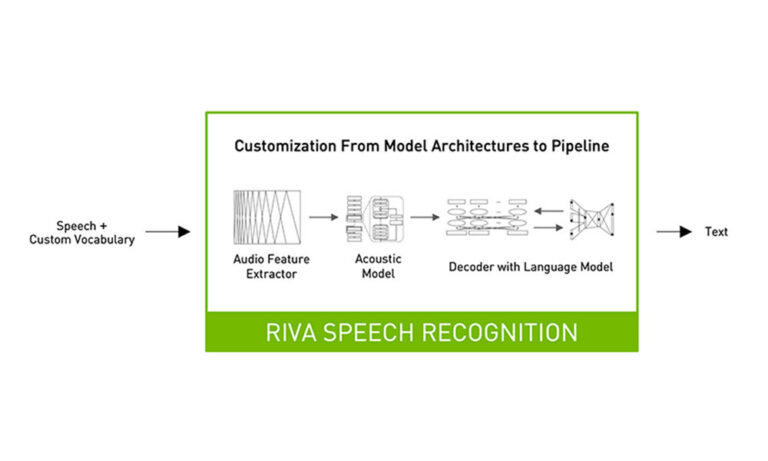
This post is part of a series about generating accurate speech transcription. For part 2, see Speech Recognition: Customizing Models to Your Domain Using Transfer Learning. For part 3, see Speech Recognition: Deploying Models to Production. Every day millions of audio minutes are produced across several industries such as Telecommunications, Finance, and Unified Communications as a Service��
]]>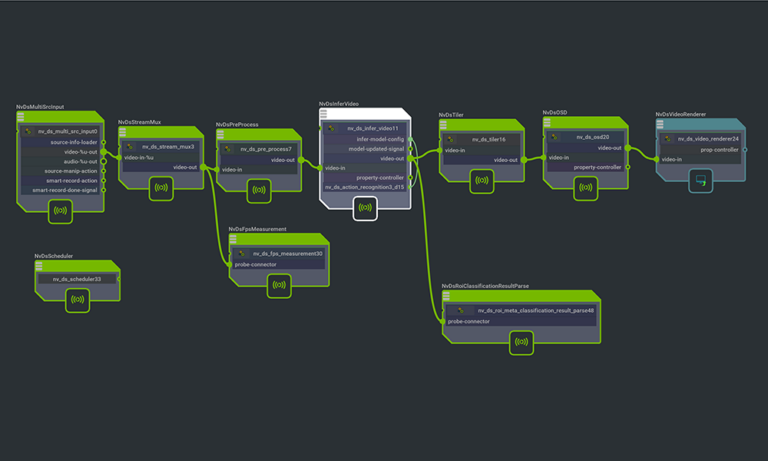
DeepStream SDK 6.0 is now available for download. A powerful AI streaming analytics toolkit, DeepStream helps developers build high-performance, low-latency, complex, video analytics applications, and services. This release introduces Graph Composer, a new low-code programming tool that enhances the DeepStream user experience. DeepStream and Graph Composer abstract the low-level��
]]>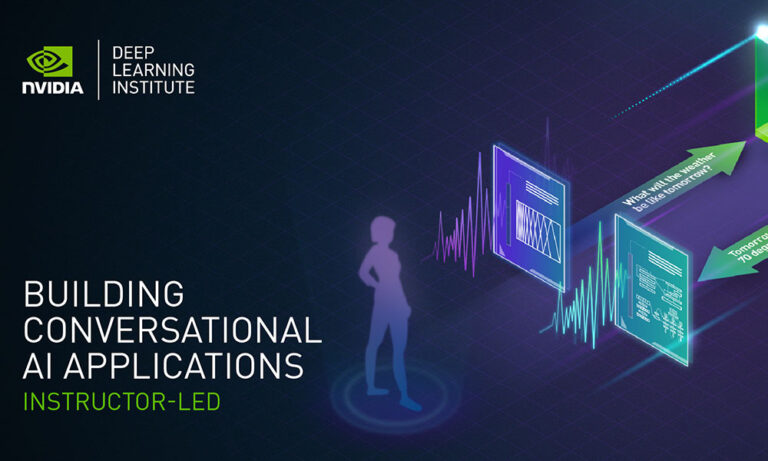
As the world continues to evolve and become more digital, conversational AI is increasingly used as a means for automation. This technology has been shown to improve customer experience and efficiency, across various industries and applications. The NVIDIA Deep Learning Institute is hosting a workshop on how to build a conversational AI service using the NVIDIA Riva framework.
]]>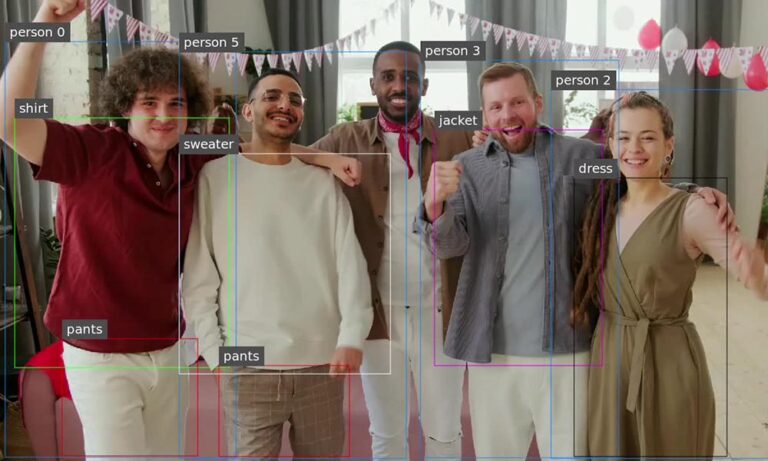
This guest post was submitted by Drishtic AI Lead Developer, Priti Gavali and Technical Architect, Archana Borawake. The fashion industry is seeing many changes in terms of new technologies and evolving consumer trends. As one of the fastest-growing sectors in retail, the fashion industry is using data to better understand consumer��s clothing tastes and preferences. Drishtic AI��s solution��
]]>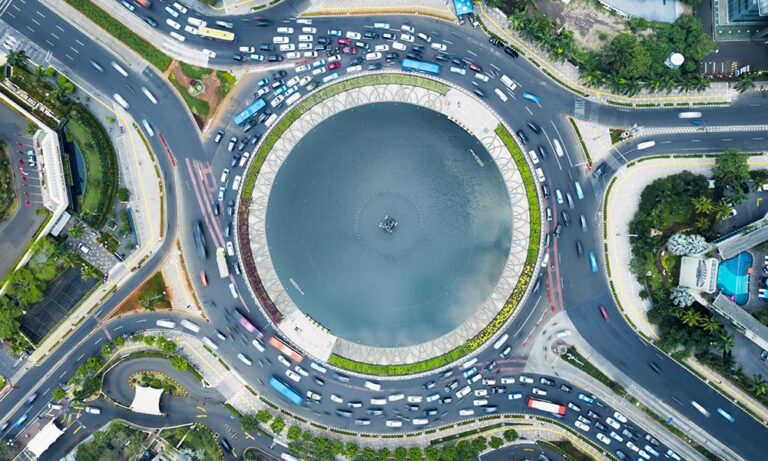
NVIDIA Metropolis partner Sighthound��formerly Boulder AI��is helping cities improve traffic management and pedestrian safety with software and hardware solutions to bring cloud-native solutions for edge data intelligence. To design efficient, equitable, and sustainable infrastructure, city planners rely on accurate roadway usage data. Sighthound builds edge-enabled��
]]>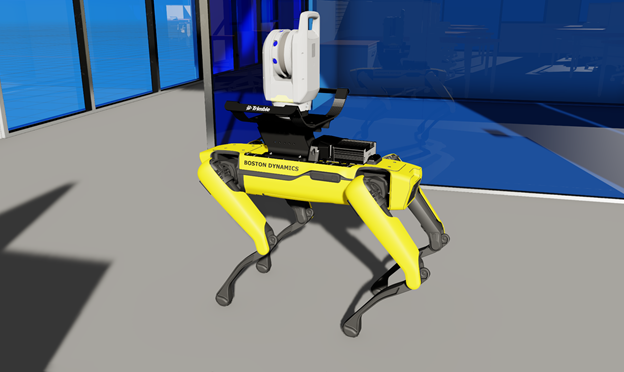
Deploying an autonomous robot to a new environment can be a tough proposition. How can you gain confidence that the robot��s perception capabilities are robust enough, so it performs safely and as planned? Trimble faced this challenge when it started building plans to deploy Boston Dynamics�� Spot in a variety of indoor settings and construction environments. Trimble needed to tune the machine��
]]>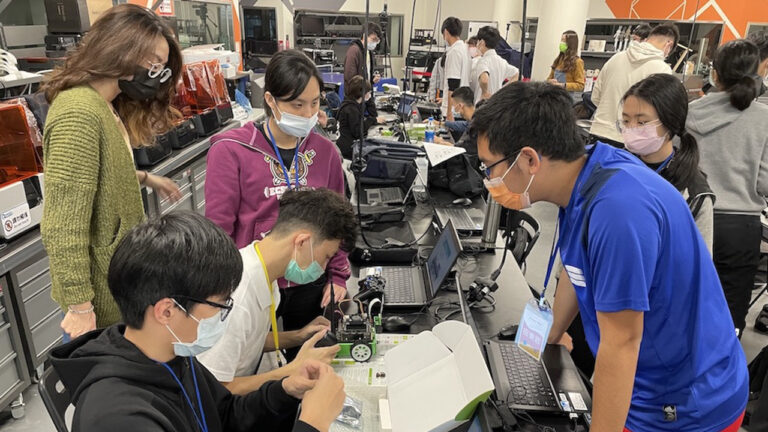
The Taiwan-based AI education firm and online learning platform AI4Kids recently held three intensive 4-day camps, centered around NVIDIA JetBot and the NVIDIA Deep Learning Institute��s course Getting Started with AI on Jetson Nano. The NVIDIA Jetson Nano 2GB Developer Kit Grant Program provided free developer kits received to over 600 high school and first-year college participants.
]]>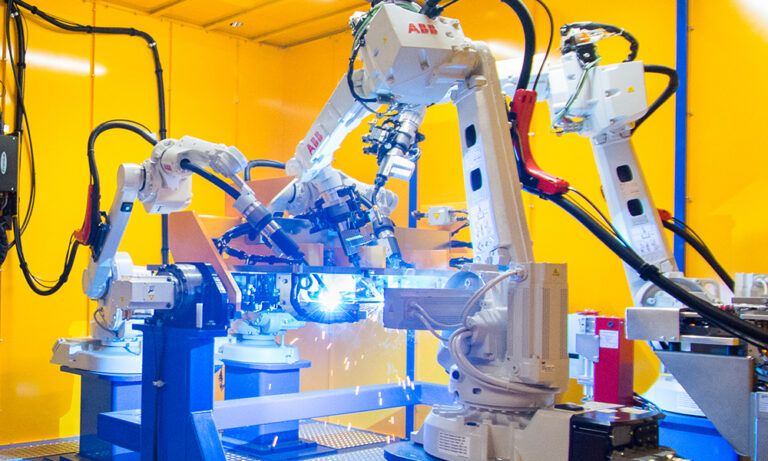
There is an increasing demand for manufacturers to achieve high-quality control standards in their production processes. Traditionally, manufacturers have relied on manual inspection to guarantee product quality. However, manual inspection is expensive, often only covers a small sample of production, and ultimately results in production bottlenecks, lowered productivity, and reduced efficiency.
]]>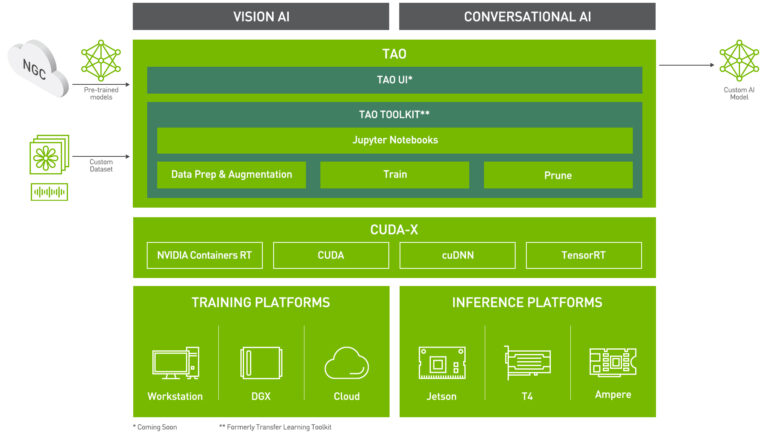
Today, NVIDIA announced new pretrained models and the general availability of TAO Toolkit 3.0, a core component of the NVIDIA Train, Adapt, and Optimize (TAO) platform-guided workflow for creating AI. The new release includes a variety of highly accurate and performant pretrained models in computer vision and conversational AI, as well as a set of powerful productivity features that boost AI��
]]>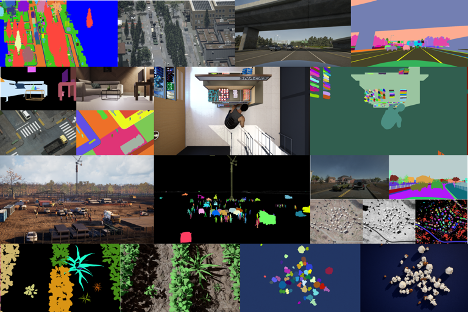
The long, cumbersome slog of data procurement has been slowing down innovation in AI, especially in computer vision, which relies on labeled images and video for training. But now you can jumpstart your machine learning process by quickly generating synthetic data using AI.Reverie. With the AI.Reverie synthetic data platform, you can create the exact training data that you need in a fraction��
]]>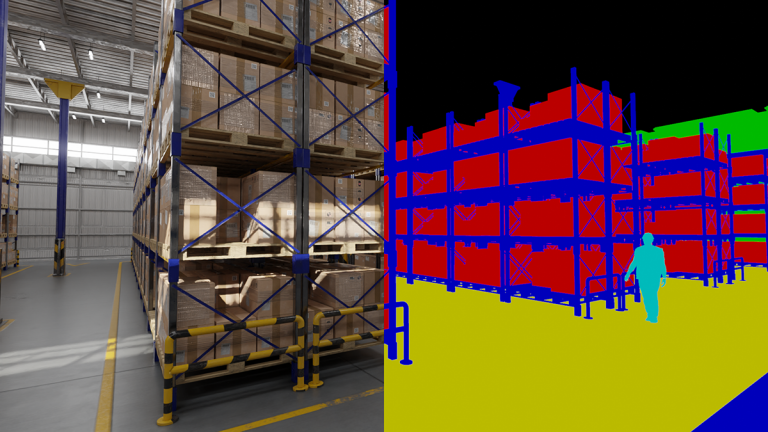
In AI and computer vision, data acquisition is costly and time-consuming and human-based labeling can be error-prone. The accuracy of the models is also affected by insufficient and poorly balanced data and the prolonged time required to improve the deep learning models. It always requires the reacquisition of data in the real world. The collection, preparation of data��
]]>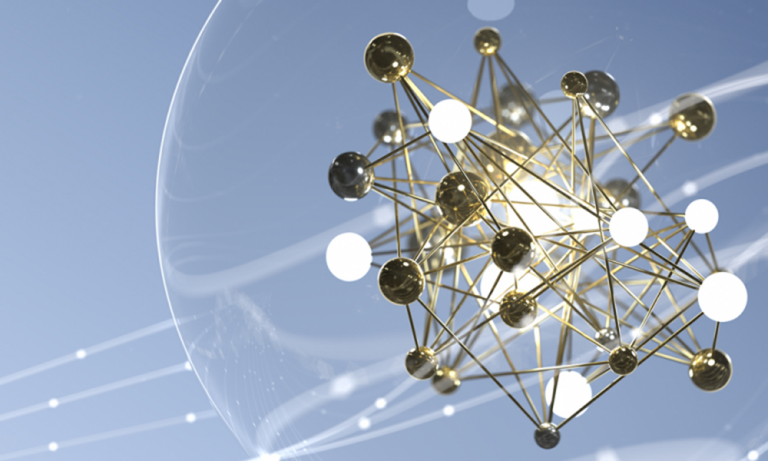
At GTC 2021, NVIDIA announced new software tools to help developers build optimized conversational AI, recommender, and video solutions. Watch the keynote from CEO, Jensen Huang, for insights on all of the latest GPU technologies. Today NVIDIA announced major conversational AI capabilities in NVIDIA Riva that will help enterprises build engaging and accurate applications for their��
]]>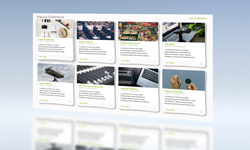
One of the main challenges and goals when creating an AI application is producing a robust model that is performant with high accuracy. Building such a deep learning model is time consuming. It can take weeks or months of retraining, fine-tuning, and optimizing until the model satisfies the necessary requirements. For many developers, building a deep learning AI pipeline from scratch is not a��
]]>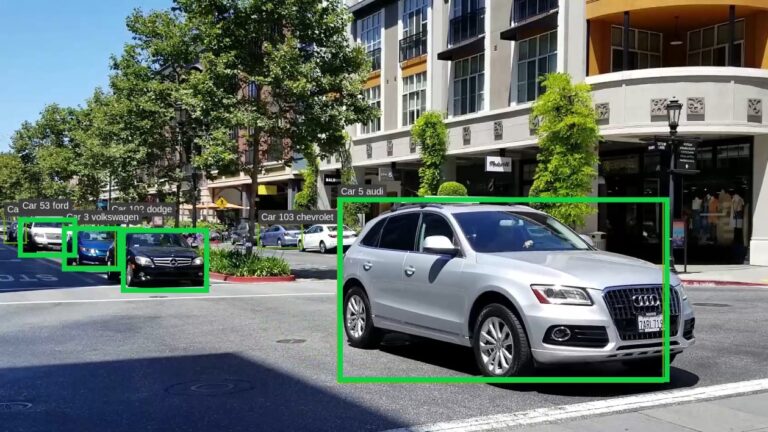
Automatic license plate recognition (ALPR) on stationary to fast-moving vehicles is one of the common intelligent video analytics applications for smart cities. Some of the common use cases include parking assistance systems, automated toll booths, vehicle registration and identification for delivery and logistics at ports, and medical supply transporting warehouses. Being able to do this in real��
]]>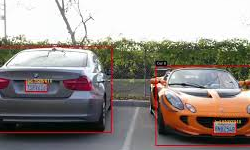
Intelligent vision and speech-enabled services have now become mainstream, impacting almost every aspect of our everyday life. AI-enabled video and audio analytics are enhancing applications from consumer products to enterprise services. Smart speakers at home. Smart kiosks or chatbots in retail stores. Interactive robots on factory floors. Intelligent patient monitoring systems at hospitals.
]]>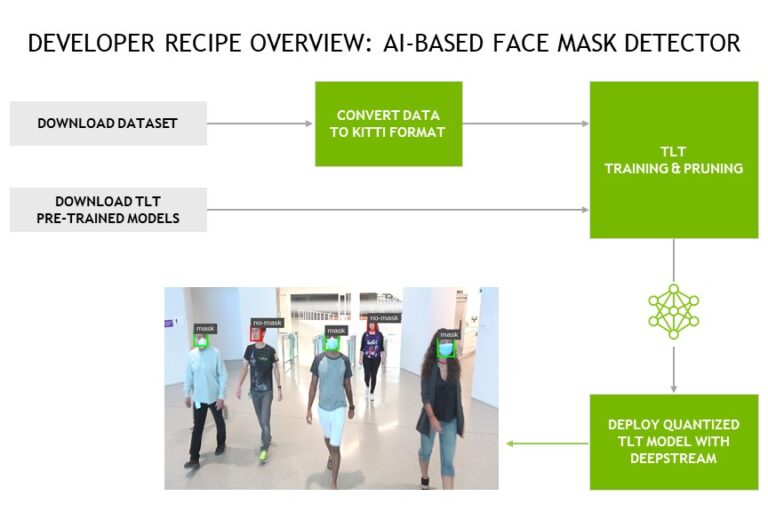
Businesses are constantly overhauling their existing infrastructure and processes to be more efficient, safe, and usable for employees, customers, and the community. With the ongoing pandemic, it��s even more important to have advanced analytics apps and services in place to mitigate risk. For public safety and health, authorities are recommending the use of face masks and coverings to��
]]>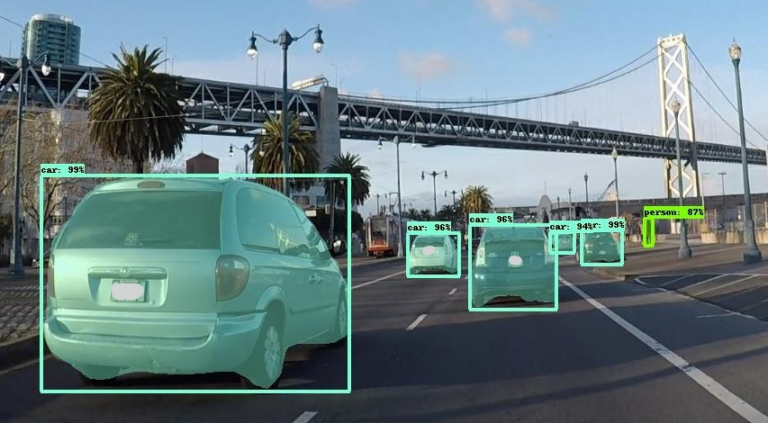
To convert pixels to actionable insights, computer vision relies on deep learning to provide an understanding of the environment. Object detection is a commonly used technique to identify individual objects in a frame such as to identify people or cars. While object detection is beneficial for certain applications, it falls short when you want to understand objects at a pixel level.
]]>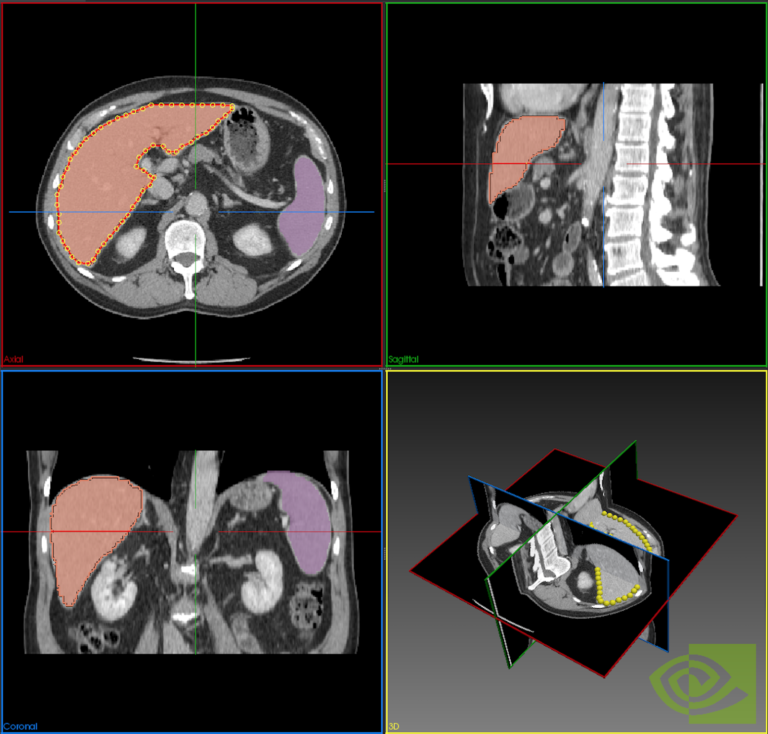
The NVIDIA Transfer Learning Toolkit is now NVIDIA TAO Toolkit. The growing volume of clinical data in medical imaging slows down identification and analysis of specific features in an image. This reduces the annotation speed at which radiologists and imaging technicians capture, screen, and diagnose patient data. The demand for artificial intelligence in medical image analysis has��
]]>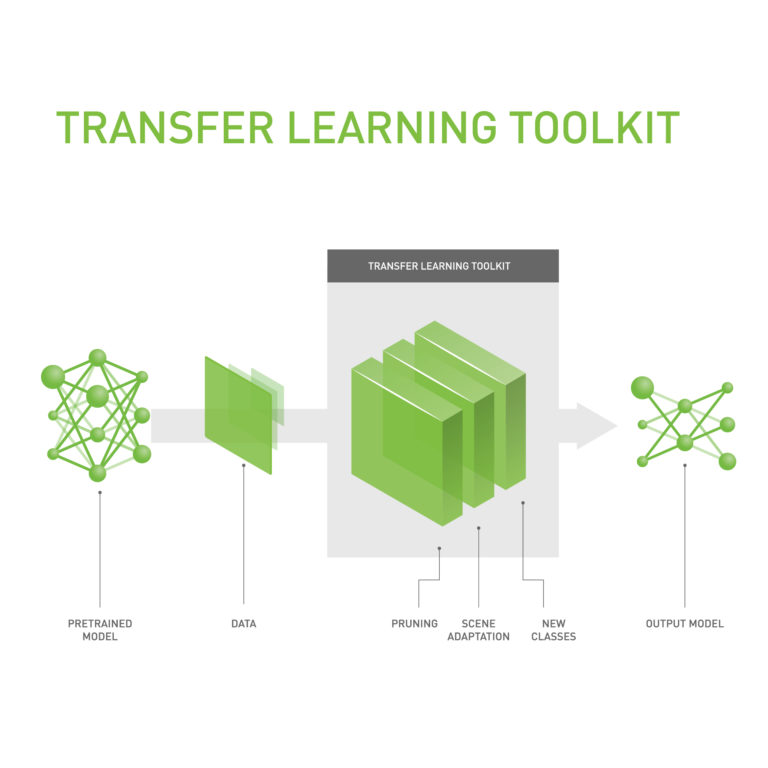
The NVIDIA Transfer Learning Toolkit is now NVIDIA TAO Toolkit. Over the past several years, NVIDIA has been developing solutions to make AI and its benefits accessible to every industry. NVIDIA Transfer Learning Toolkit specifically allows developers looking into faster implementation of Intelligent Video Analytics (IVA) systems use deep learning and take their application from prototype to��
]]>